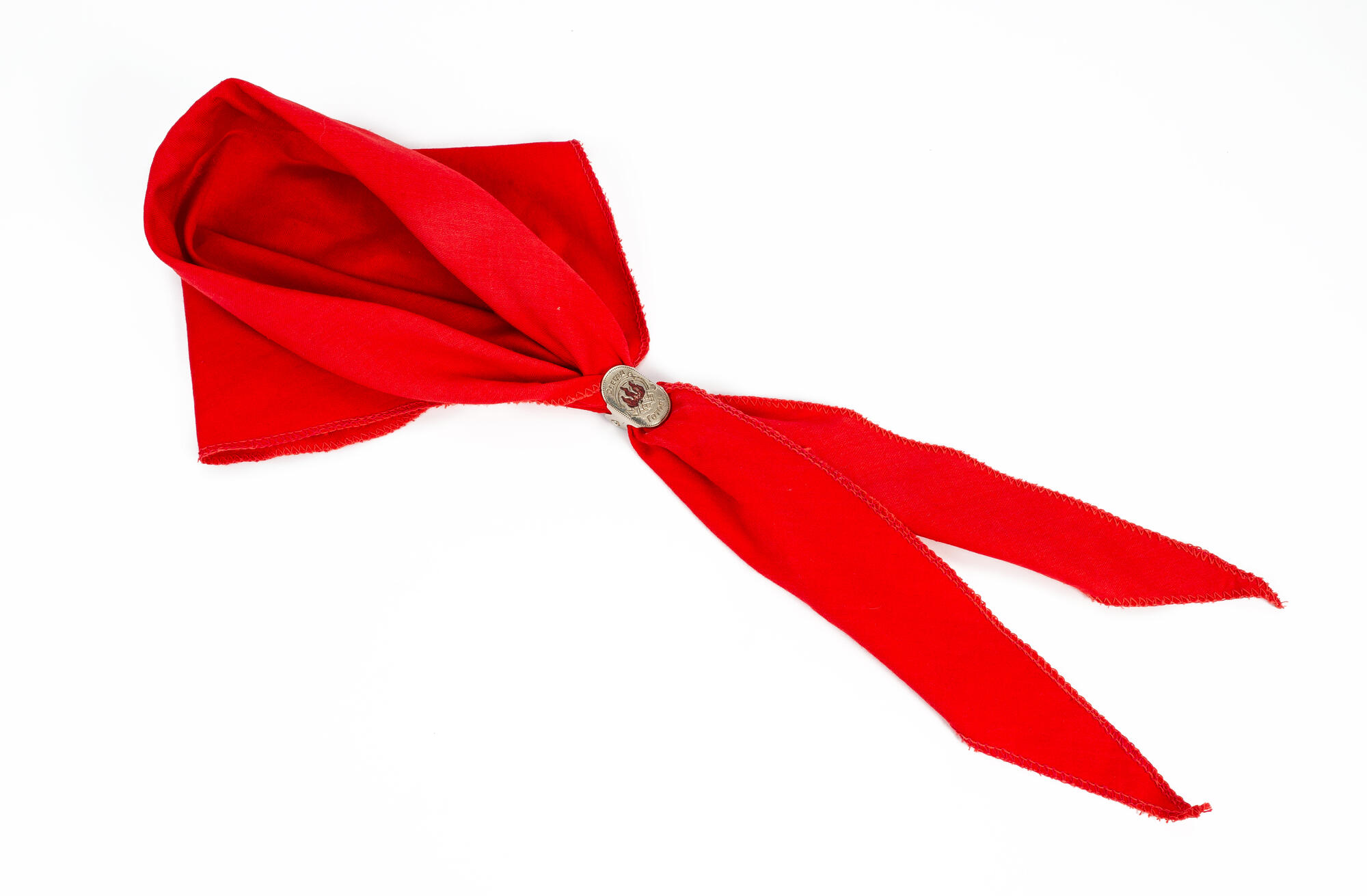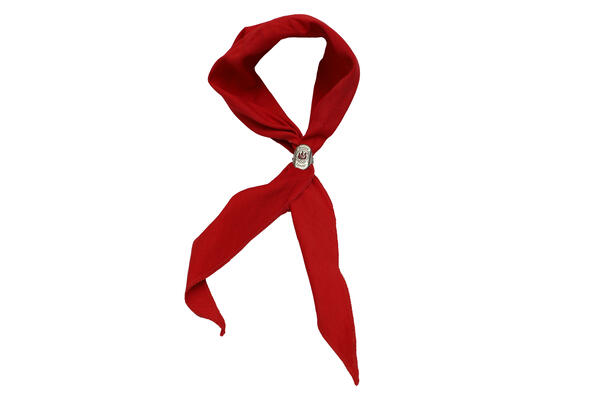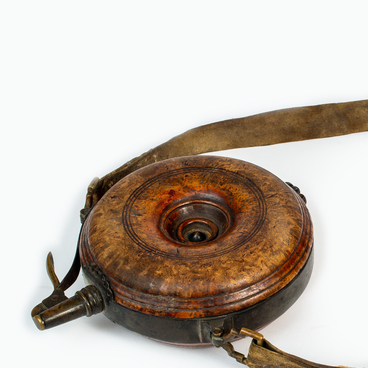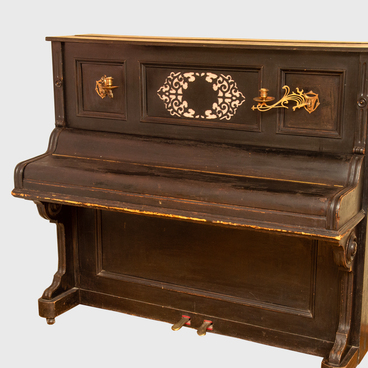The Verkhnyaya Pyshma Historical Museum houses a pioneer tie — a red kerchief worn by almost all schoolchildren in the Soviet Union. It was tied around the neck with a knot in front.
The pioneer organization was founded on May 19, 1922; some historians believe that the initiator was the revolutionary Nadezhda Krupskaya. The pioneers accepted children from the age of nine, but in turns, after assessing their achievements.
At the first meeting, only excellent students and activists were marked as pioneers. At the next meeting this name was awarded to those who studied with good grades. Finally all other pupils became pioneers as well. At a solemn assembly, the children swore an oath of allegiance to the USSR.
The main distinguishing marks of the pioneer uniform were ties of various shades of red: from bright orange to scarlet colors. On special occasions, the pioneer leaders could wear ties trimmed yellow. While the organization existed, the size of the tie changed several times, and in the end the standard length and width were 61 by 95 centimeters.
Pioneers had to look neat and tidy. For a casually tied tie, they could be reprimanded or expelled from the organization. Therefore, all schoolchildren were taught how to tie it properly.
At first, the tie was not tied, its ends were connected with clips. After the war, they were no longer used — these accessories were difficult to manufacture. Then the pioneers began to use the famous double knot. The right end of the tie always had to wrap around the left end.
In addition to ties, the pioneers wore badges and caps. On special occasions, the units displayed their pennants, horns and drums, but these items were used only on special occasions.
After the collapse of the Soviet Union in 1991, the pioneer organizations became private but continued to exist. Until now, in many CIS countries, schoolchildren become pioneers and the day of the founding of the pioneers is celebrated on May 19. The main attribute of the organization — the tie remained unchanged, but in some countries, its color has changed. For example, in Belarus, red-green fabric is used, since these are the colors of the national flag, and in Ukraine, a tie can be any color.
The pioneer organization was founded on May 19, 1922; some historians believe that the initiator was the revolutionary Nadezhda Krupskaya. The pioneers accepted children from the age of nine, but in turns, after assessing their achievements.
At the first meeting, only excellent students and activists were marked as pioneers. At the next meeting this name was awarded to those who studied with good grades. Finally all other pupils became pioneers as well. At a solemn assembly, the children swore an oath of allegiance to the USSR.
The main distinguishing marks of the pioneer uniform were ties of various shades of red: from bright orange to scarlet colors. On special occasions, the pioneer leaders could wear ties trimmed yellow. While the organization existed, the size of the tie changed several times, and in the end the standard length and width were 61 by 95 centimeters.
Pioneers had to look neat and tidy. For a casually tied tie, they could be reprimanded or expelled from the organization. Therefore, all schoolchildren were taught how to tie it properly.
At first, the tie was not tied, its ends were connected with clips. After the war, they were no longer used — these accessories were difficult to manufacture. Then the pioneers began to use the famous double knot. The right end of the tie always had to wrap around the left end.
In addition to ties, the pioneers wore badges and caps. On special occasions, the units displayed their pennants, horns and drums, but these items were used only on special occasions.
After the collapse of the Soviet Union in 1991, the pioneer organizations became private but continued to exist. Until now, in many CIS countries, schoolchildren become pioneers and the day of the founding of the pioneers is celebrated on May 19. The main attribute of the organization — the tie remained unchanged, but in some countries, its color has changed. For example, in Belarus, red-green fabric is used, since these are the colors of the national flag, and in Ukraine, a tie can be any color.



